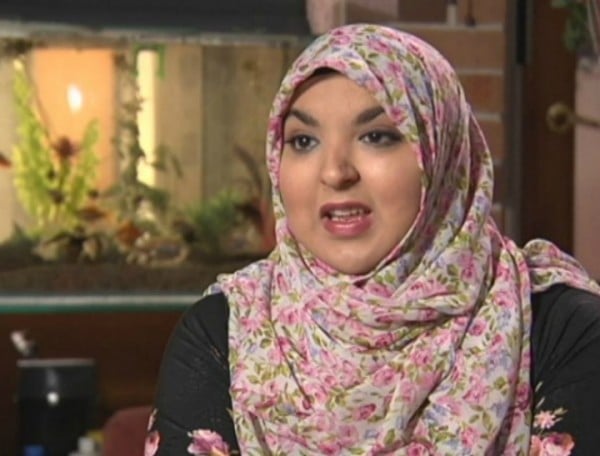
A “friendship and acquaintance theory” developed by a young Sydneysider is attracting attention around the world.
Unhappy with the way she was navigating through friendships, Mobinah Ahmad began to categorise her “friends” into six groups as a way of managing expectations.
Like Debrief Daily on Facebook.
“What I define as a friend is what most people would define as a best friend,” she says.
“So someone who you talk to regularly, you have a very close connection to, you can turn to. If you asked me how many friends I have, I would say maybe one.”
































































































